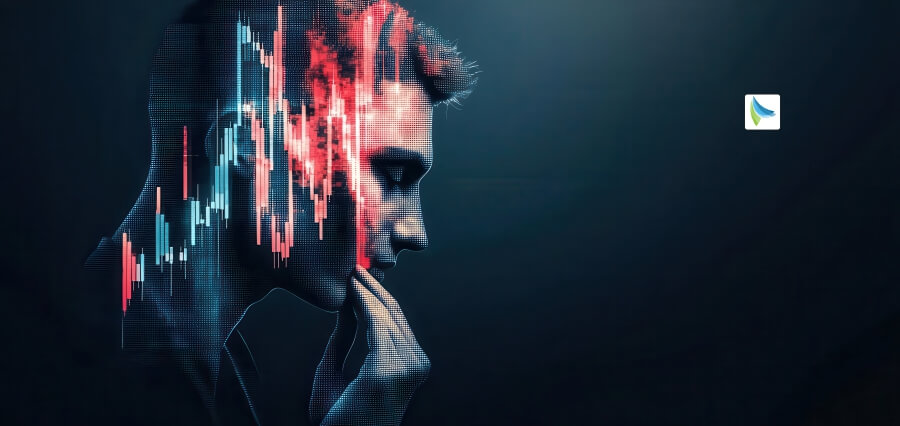Today, Artificial intelligence is performing many human jobs like translating languages, diagnosing disease, providing customer service and it is improving at rapid speed. This raises some reasonable fears in the mind of those who see this technology with a prejudiced mindset that AI will reduce the importance of human resources all over the world. But it’s a wrong notion to see this technology as a threat. Technology always improves the human performance if it is in the hands of right people and if it is used intelligently. Along with guided missiles we need guided human resources as well to tap the potential of technology for the welfare of the world. Digital tools are more responsive to us, than we are to these tools. While AI will radically change how work is done and who does it, this technology’s overall impact will complement in amplifying human capabilities and human intelligence, not replacing them.
Certainly, some companies have started using AI to automate the businesses, but those that use it mainly to replace human resources will experience only momentary benefits. In reality, companies will achieve the most significant performance improvements when human resources and machines work together. With this collaborative intelligence, human resources and AI actively increase each other’s complementary strengths. Humans are good at leadership, teamwork, management, creativity, and social skills. Artificial Intelligence technology has the potential of contributing to speed, handling larger data, scalability, and quantitative capabilities. What comes naturally to people may be tough for machines, and what’s easy for machines is generally tough or near to impossible for humans. Business requires capabilities of both human intelligence as well as Artificial Intelligence to have holistic success.
To tap the full benefit of this collaboration and complementary strengths, organizations should understand that human resources can most effectively augment machines and machines can enhance that which humans do best. Organizations should see how to redesign business processes to support this collaborative partnership that enhances the strengths of each other.
Humans helping Machines
Human resources have to perform their important roles. They should train machines to perform relevant tasks, they should explain the consequences of those tasks, and should sustain the responsible and ethical use of machines.
Machines helping Humans
Smart machines can help human resources expand their abilities in some ways. They can amplify cognitive strengths of humans; machines can interact with employees and customers to free higher level authorities in the organizations for higher-level tasks, and machines can also embody human skills in them to extend the physical capabilities of human resources.
Enhanced Decision making and Personalization
By providing employees with personalized information and guidance, AI has the ability to help them in making better decisions. AI technology boosts our analytic and decision-making capabilities and it also magnifies our creativity.
Providing customers with personalized brand experiences is the most effective way of marketing. With AI technology, such personalization can be easily achieved with great precision at larger scale.
Conclusion
Most activities at the human-machine interface demand humans to accept new role and in some cases do things differently. Human-machine interface is complementary and it enhances the capabilities and strengths of each other. Future leaders will be those that embrace collaborative intelligence of humans and machines. Technology makes people better and Humans can make technology better. Both amplify the intelligence of each other contributing to the overall progress of the businesses. Therefore we all must realize that humans and technology are complementary and they are not competitors of each other.



















